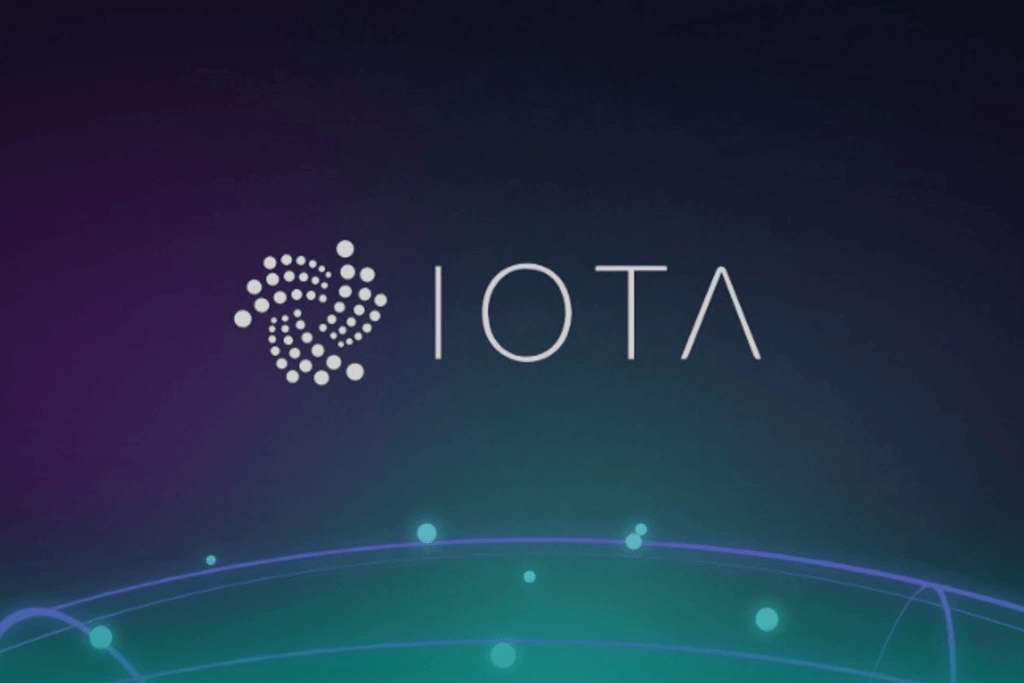IOTA is a cryptocurrency that stands out among other projects due to its unique technology aimed at solving scalability and efficiency issues. Unlike traditional blockchain platforms, IOTA uses an innovative approach called Tangle (or Directed Acyclic Graph — DAG). This feature provides unprecedented transaction speeds and low fees, making IOTA a promising solution for various industries, including the Internet of Things (IoT).
In this overview, we will explore the key features of IOTA, its token (MIOTA), and the project’s prospects within the cryptocurrency ecosystem.
Key Features of IOTA
1. Tangle — Innovative Blockchain Alternative
The primary feature of IOTA is its architecture. Unlike classic blockchains, where transactions are recorded in blocks and added to a chain, IOTA uses Tangle — a graph composed of interconnected transactions. Each new node (transaction) confirms two previous transactions, eliminating the need for miners and reducing transaction costs.
This approach solves scalability issues inherent in traditional blockchains and enables near-instantaneous transaction processing without the need for high fees. This makes IOTA particularly attractive for applications requiring high throughput, such as the Internet of Things (IoT).
2. Scalability without Fees
IOTA does not have traditional transaction fees, which sets it apart from most other cryptocurrencies. Since each participant in the network confirms two transactions from others, no significant computational power is required to process payments, reducing transaction costs. This enables IOTA to provide almost free transfers, which is a huge advantage for micropayments within IoT ecosystems.
3. Internet of Things (IoT) and Real-World Usage
One of the key goals of IOTA is integration with the Internet of Things (IoT). Within IoT, devices and sensors exchange data and perform automated actions. IOTA enables the creation of decentralized networks in which devices can exchange data and perform transactions without intermediaries, increasing autonomy and reducing costs.
IOTA actively collaborates with major companies such as **Volkswagen**, **Bosch**, and **Dell**, which use Tangle technology for various purposes, including logistics and automation. The project is also working on a system where devices can “pay” each other for data usage or operations.
Advantages of IOTA
1. Security and Decentralization
Tangle’s architecture allows for a high level of security. Each network participant confirms other transactions, making it difficult to manipulate the transaction history. Furthermore, the lack of centralized nodes or mining means that IOTA is highly decentralized.
2. No Fees and Low Costs
One of IOTA’s biggest advantages is the absence of traditional transaction fees. This reduces costs for users and makes the system attractive for micropayments, which might not be viable on other platforms with high fees.
3. High Speed and Scalability
Tangle allows the system to scale without significantly increasing transaction costs. This means IOTA can process a large number of transactions simultaneously, which is especially important for IoT applications where high throughput and fast data transmission are required.
4. Real-World Integration
IOTA is actively working on real-world applications for IoT and collaborating with major tech and automotive companies. This gives the project a competitive edge, as it is already finding practical use in real-world scenarios.
Challenges and Issues
1. Competition with Other Projects
Although IOTA has a unique technology, it faces competition from other blockchain platforms and projects that are also focused on scalability and IoT use cases. Projects like **Ethereum 2.0**, **Cardano**, and **Polkadot** may pose competition for IOTA, especially if they improve scalability and deploy innovative solutions.
2. Recent Security Issues
In 2020, IOTA faced a security issue when the cryptographic part of the network was compromised. This incident raised concerns about the system’s reliability and prompted the project to reassess its security.
3. Need for Mass Adoption
Despite promises and partnerships, IOTA still needs to demonstrate mass adoption of its technology across various industries. While IoT is a promising market, for long-term success, the project must convince a broader audience of users and developers of its viability.
IOTA’s Prospects
IOTA has huge potential, especially with the growth of the Internet of Things and the demand for efficient, fast, and cost-effective data processing solutions. The project continues to evolve and implement new capabilities for device interaction within decentralized ecosystems.
However, the success of IOTA depends on its ability to handle competition and continue developing its unique technology, as well as its ability to effectively integrate into the real economy.
IOTA Tokenomics
Maximum Supply: 3.59 billion coins
Circulating Supply: 3.59 billion coins
Market Capitalization: $1.1 billion
Price at the time of writing: around $0.30 per coin
The ATH was set in the previous bull cycle at around $2.67 per coin. The bottom was found at around $0.13, and with the current price, the token has only gained 130%. In early December, the coin “exploded” and reached the $0.63 mark before correcting back to current levels. A 50% correction and not far from the bottom — a great entry point. The token could easily increase its value by 200-300%.
Conclusion
IOTA is a unique project with an innovative technology that could play an important role in the future of the Internet of Things and decentralized applications. With no fees, high speed, and scalability, IOTA offers an attractive solution for many industries. However, the project faces competition and security challenges, which requires a careful approach to its development.
